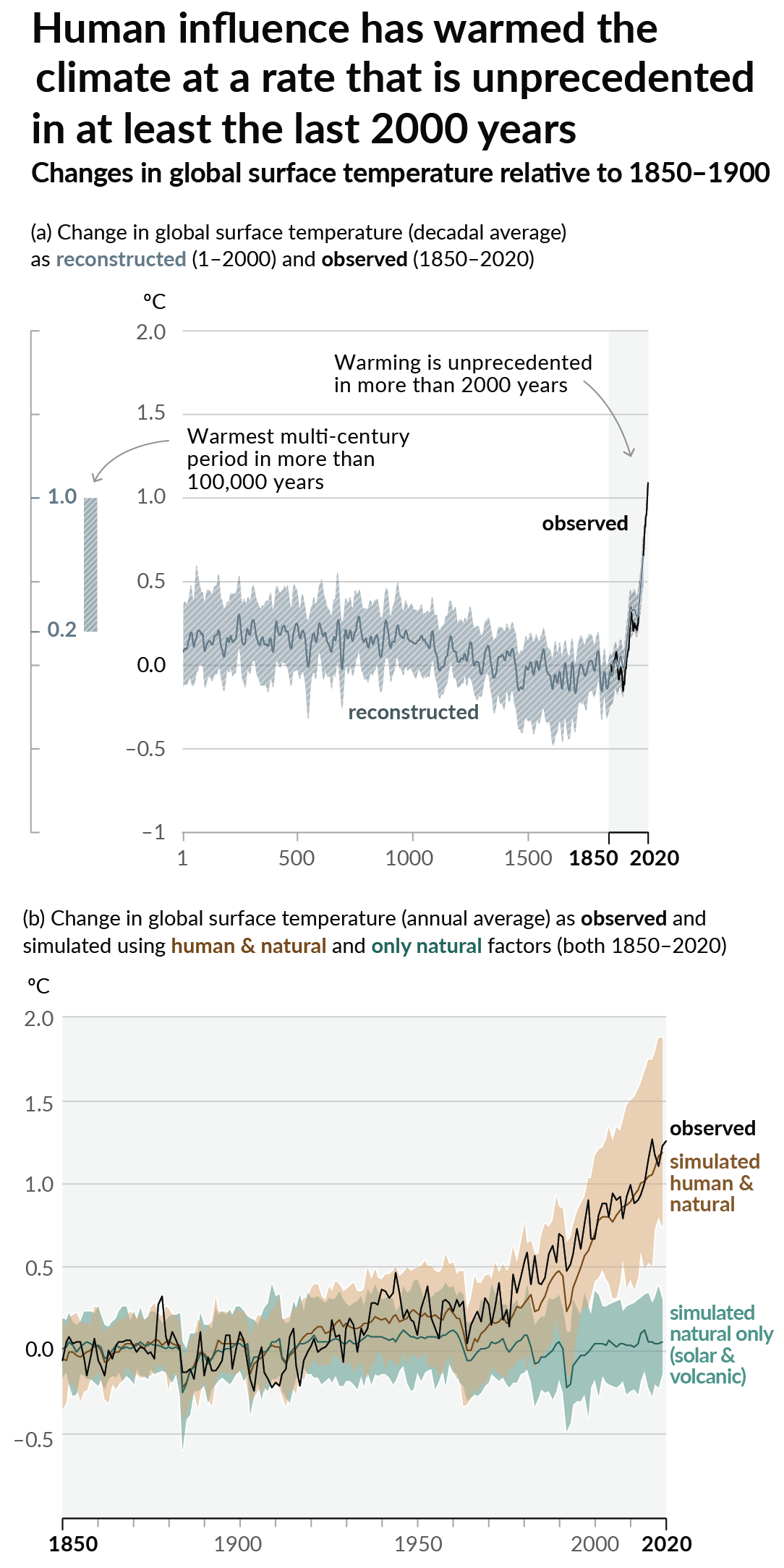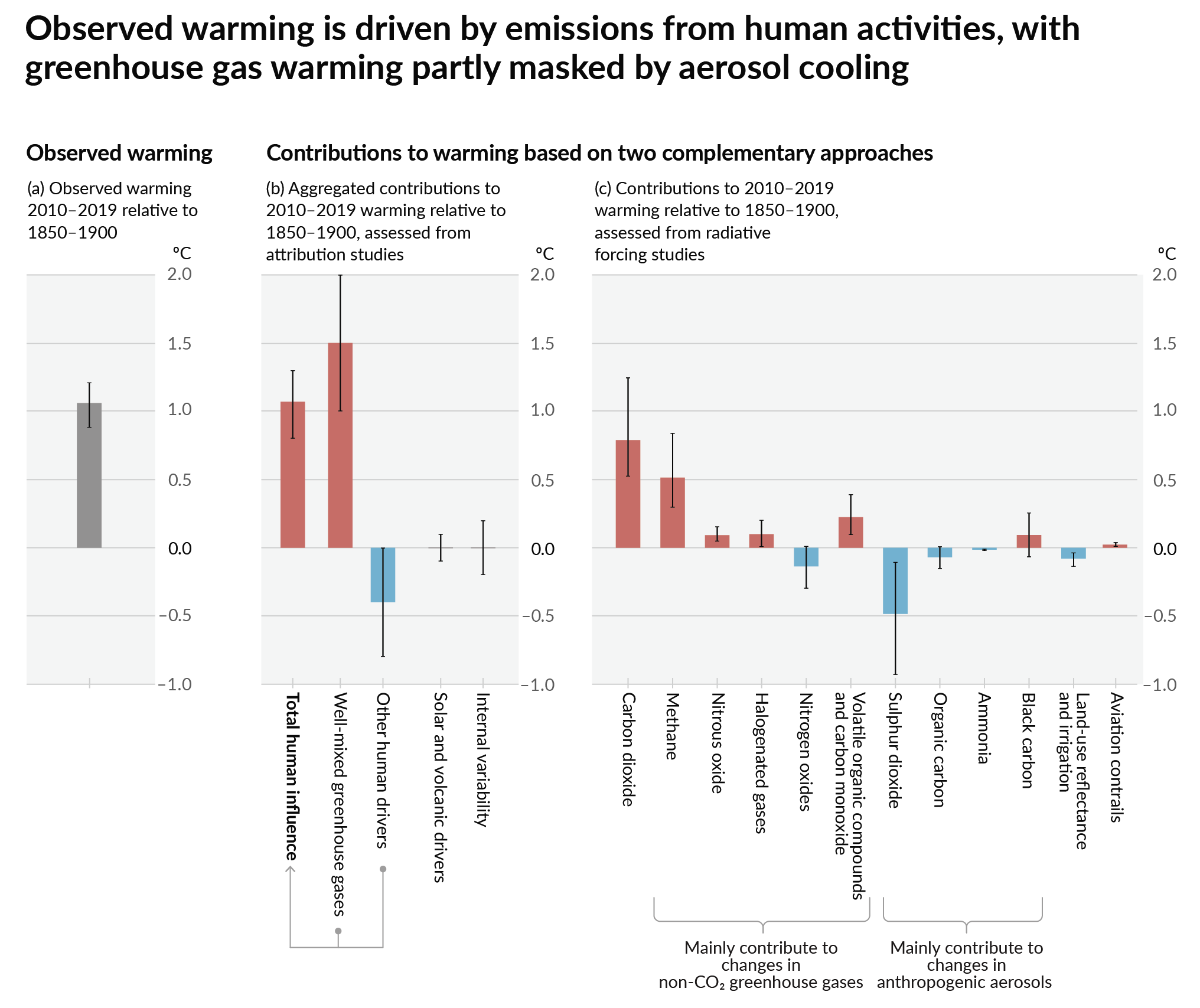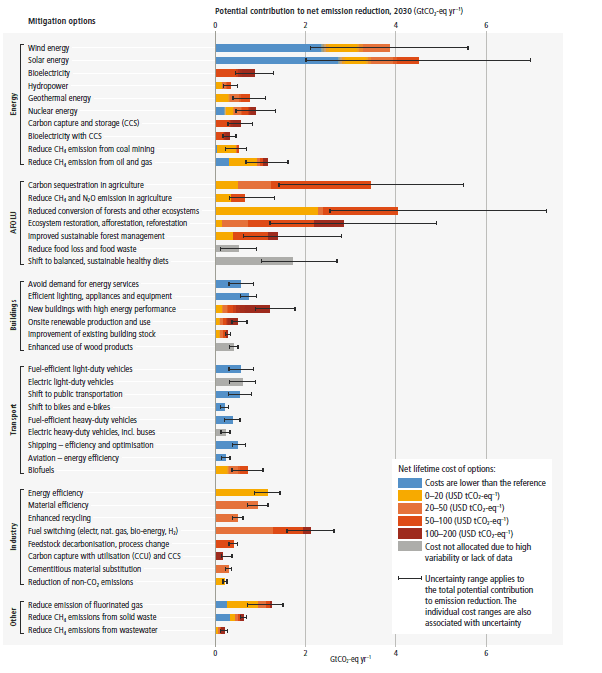this post was submitted on 21 Feb 2025
14 points (93.8% liked)
Climate - truthful information about climate, related activism and politics.
5818 readers
661 users here now
Discussion of climate, how it is changing, activism around that, the politics, and the energy systems change we need in order to stabilize things.
As a starting point, the burning of fossil fuels, and to a lesser extent deforestation and release of methane are responsible for the warming in recent decades:

How much each change to the atmosphere has warmed the world:

Recommended actions to cut greenhouse gas emissions in the near future:

Anti-science, inactivism, and unsupported conspiracy theories are not ok here.
founded 2 years ago
MODERATORS
you are viewing a single comment's thread
view the rest of the comments
view the rest of the comments
The difference isn't the slight variation in chemical structure of the molecule between the two products, its the drastic difference in the applicable use case of the resulting product, and the economic incentives to produce one vs the other. These are what make the SAF and biodiesel gigantically different product with hugely different economic, climate and geopolitical implications.
No amount of B5, B20 or B100 grades of biodiesel are going to enable carbon neutral air travel where SAF can. However, alternate fuels or methods of ground transportation can offset or replace diesel or biodiesel. With today's technology only a number of small electric prop planes (certainly no commercial jets) can operate with anything close to carbon neutrality without SAF. Commercial aviation is a reality in our world and we can choose to find carbon neutral alternatives or embrace its carbon rich nature and try to make drastic carbon cuts elsewhere. I believe the latter is much less likely than the former. Alternatively we can simply turn a blind eye to our climate and reap the consequences. I'm not ready to throw in the towel and embrace that yet.
Even if a portion of input feedstocks that go into producing SAF today are food or competing with food, how are you holding the position that municipal waste, used cooking oil, and agricultural waste are sources of food? I've posted sources that show the alternates available and possibly upcoming that would enable more non-virgin SAF. Are you holding the position that humanity will simply never achieve anything except fossil based fuel for aviation or something else I haven't understood of your position yet?
Further yet, what is the connection you're making a food supply with regard to hydrogen? Are you referring to fertilizer?
Yes, they're different products, but their chemical similarity means they have the same constraints on sustainable production. There is a single limit on how much of the two can be produced in total without causing significant environmental damage.
At the extremes one is, as far as our technology allows, irreplaceable as a carbon neutral fuel. That being SAF. The other other viable alternatives even today. Why are you presenting a scenario where both would be needed to be created in equal measures?
So what if they can both come from the same feedstocks? There will be a day we likely don't need diesel in any capacity. We'll need SAF long before that. Why would we divert the valuable carbon neutral feedstocks to something like biodiesel if our goal is carbon neutrality for both?